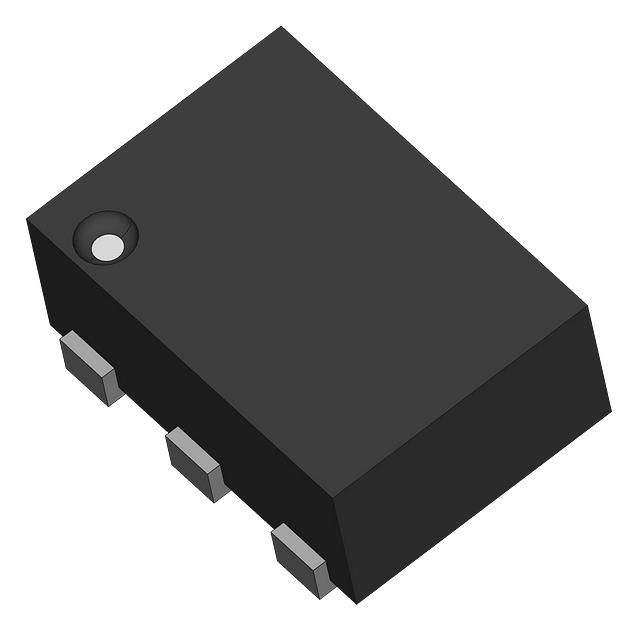74AXP1G97GN,125
Manufacturer No:
74AXP1G97GN,125
Manufacturer:
Description:
NOW NEXPERIA 74AXP1G97GN - MAJOR
Datasheet:
Delivery:





Payment:




In Stock : 5000
Please send RFQ , we will respond immediately.









74AXP1G97GN,125 Specifications
-
TypeParameter
-
Supplier Device Package-
-
Package / Case-
-
Mounting Type-
-
Operating Temperature-
-
Voltage - Supply-
-
Current - Output High, Low-
-
Output Type-
-
Schmitt Trigger Input-
-
Number of Inputs-
-
Logic Type-
-
PackagingBulk
-
Product StatusNot For New Designs
-
Series*
The 74AXP1G97GN,125 is a specific integrated circuit (IC) chip manufactured by Nexperia. It is a single 2-input NAND gate with Schmitt-trigger inputs. Here are some advantages and application scenarios of this IC chip:Advantages: 1. Small package size: The 74AXP1G97GN,125 comes in a very small package, which makes it suitable for applications where space is limited. 2. Low power consumption: This IC chip is designed to operate at low power, making it suitable for battery-powered devices or applications where power efficiency is crucial. 3. Schmitt-trigger inputs: The Schmitt-trigger inputs allow the IC chip to have hysteresis, which helps in reducing noise and improving the robustness of the input signal. 4. Wide operating voltage range: The 74AXP1G97GN,125 can operate within a wide voltage range, making it compatible with various voltage levels.Application scenarios: 1. Signal conditioning: The Schmitt-trigger inputs of this IC chip make it suitable for signal conditioning applications, where it can be used to clean up noisy or distorted input signals. 2. Level shifting: The wide operating voltage range of the IC chip makes it useful for level shifting applications, where it can convert signals from one voltage level to another. 3. Logic gate implementation: The 74AXP1G97GN,125 can be used as a basic building block for implementing logic gates in digital circuits. It can be combined with other IC chips to create more complex logic functions. 4. Sensor interfacing: This IC chip can be used to interface sensors with microcontrollers or other digital systems. It can help in converting and conditioning the sensor signals for further processing.It's important to note that the specific advantages and application scenarios may vary depending on the requirements of the project and the overall system design.
74AXP1G97GN,125 Relevant information







